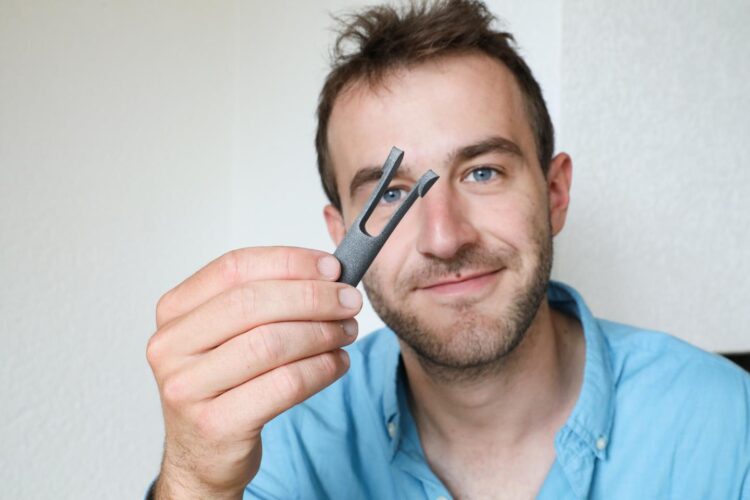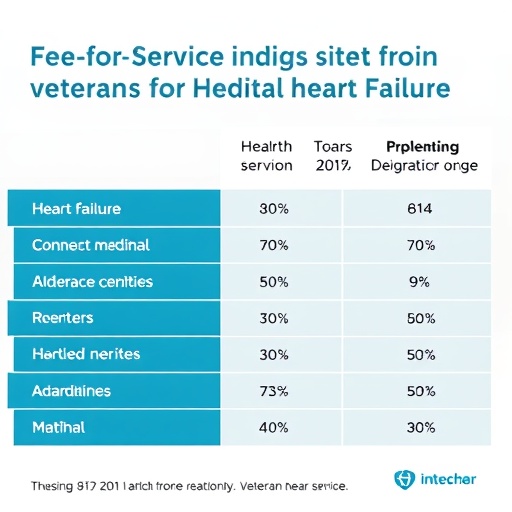During his time at EPFL under the Erasmus program, Romain van Wassenhove came up with an idea for a connector that could be used to make modular structures out of sustainable bamboo rather than wood, plastic or metal. “I wanted to focus my Master’s on a topic that had meaning to me and that would lead to a concrete application,” he says. “Working with bamboo was something I already had in mind while I was studying in Brussels.” His connectors can be 3D-printed in biosourced plastic and are customizable to the type of material used for the structure.
Van Wassenhove got the idea for his connector during a class at EPFL on composite materials and developed the concept further through his Master’s project, co-directed at EPFL by Senior Scientist Anastasios Vassilopoulos and by associate professor Lars De Laet at Vrije Universiteit Brussel (VUB). In September 2020, soon after graduating, he obtained research funds – through an EPFL Ignition Grant – to enhance the design and operation of his connector and test it on an initial application involving bamboo structures. Today van Wassenhove’s invention is EU patent-protected, and his research has just been published in Composite Structures, a leading journal for composite materials and their applications.
In association with his project, called B’Novus, van Wassenhove has created an online program where users can design stylish, modular bamboo furniture assembled with the help of his connector. The program could be particularly useful to individuals and the organizers of events and temporary exhibitions, for example. After customers create their design and place their order, van Wassenhove generates cutting files for the bamboo sections. He then sends those files, along with the 3D printing plans for the connectors, to a local manufacturer – he uses manufacturers located as close as possible to his customers, so as to minimize the environmental impact.
Many hurdles to overcome
Quite a few hurdles still lie on van Wassenhove’s path. First of all, Europe’s bamboo industry is in its infancy. “Bamboo is still seen as ‘poor man’s wood,’ associated with patio furniture, exotic vacations and eco-friendly lifestyles,” says van Wassenhove. He also points out that Europe lacks the manufacturing know-how to cut bamboo properly. But bamboo has many sustainability advantages over wood, its direct competitor: because bamboo grows so quickly, it’s up to four times more productive than trees; it can fixate up to 30% more CO2 than leafy trees; its mechanical properties make it surprisingly solid; and, thanks to van Wassenhove’s connectors, it can be used without too much fabrication work required.
The remaining hurdles haven’t discouraged the young entrepreneur. “My goal is to bring bamboo to European industry, as part of the transition to a more sustainable economy,” he says. He already sees applications for bamboo in construction, such as by using concrete-filled bamboo stems in buildings’ structural elements.
Space, the next frontier
In addition to potentially revolutionizing Europe’s construction industry, Van Wassenhove’s B’Novus connectors may be bound for space. Three Master’s students at ENAC are using his parametric design to develop a five-meter-high meteorological tower as part of the Asclepios project, a student-run cross-disciplinary initiative to conduct experiments under the same conditions as on the Moon and Mars. It’s modeled after a utility pole and consists of lightweight, composite materials – rather than bamboo – that can be easily assembled.
###
Reference
Romain van Wassenhove, Lars De Laet et Anastasios P. Vassilopoulos, “A 3D printed bio-composite removable connection system for bamboo spatial structures”, Composite Structures, 2021. https:/
Media Contact
Sandrine Perroud
[email protected]
Related Journal Article
http://dx.





